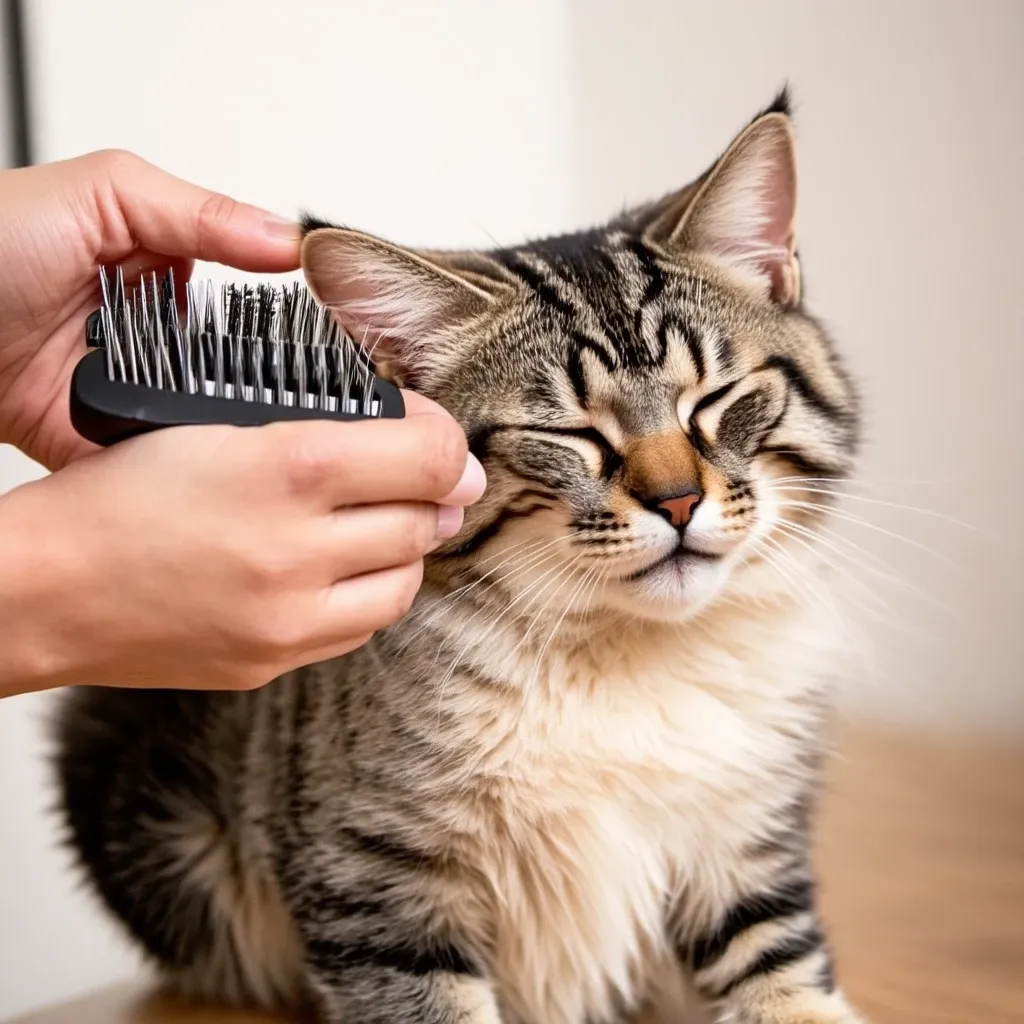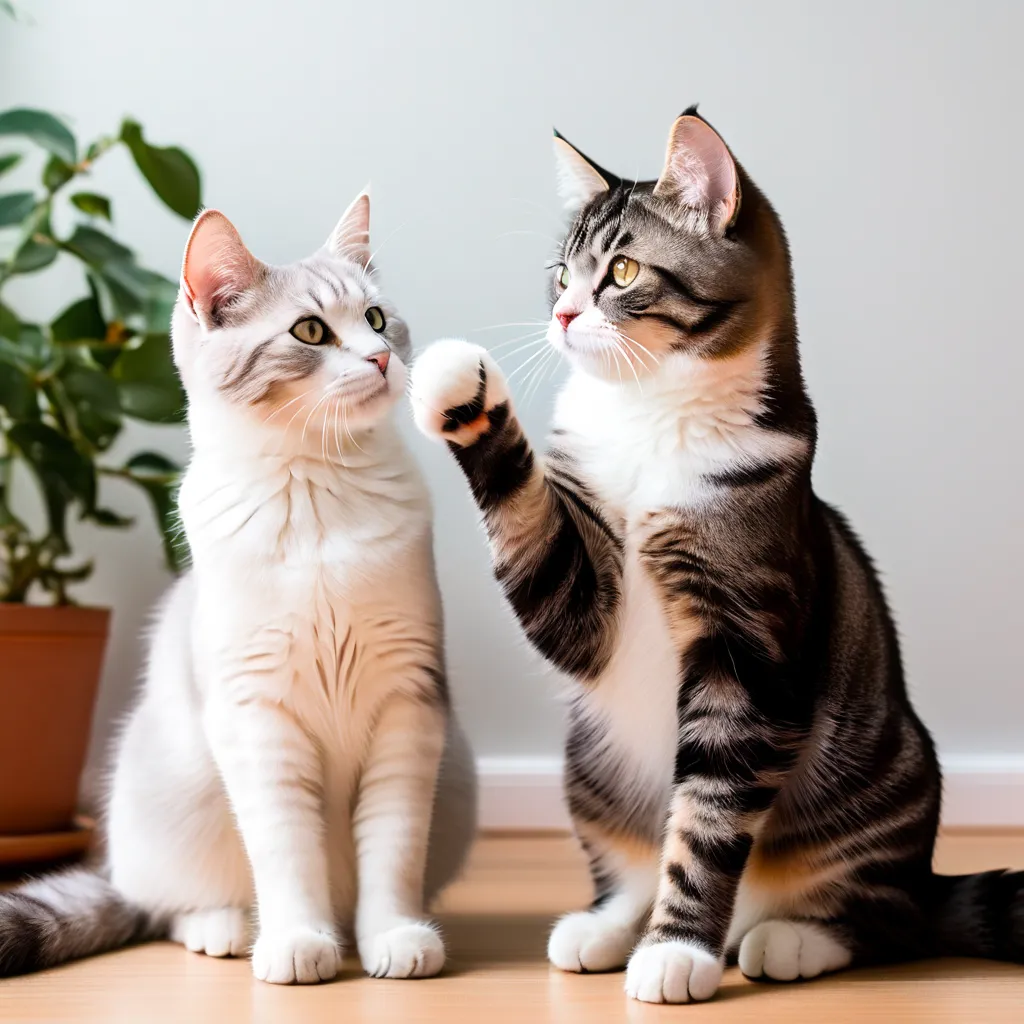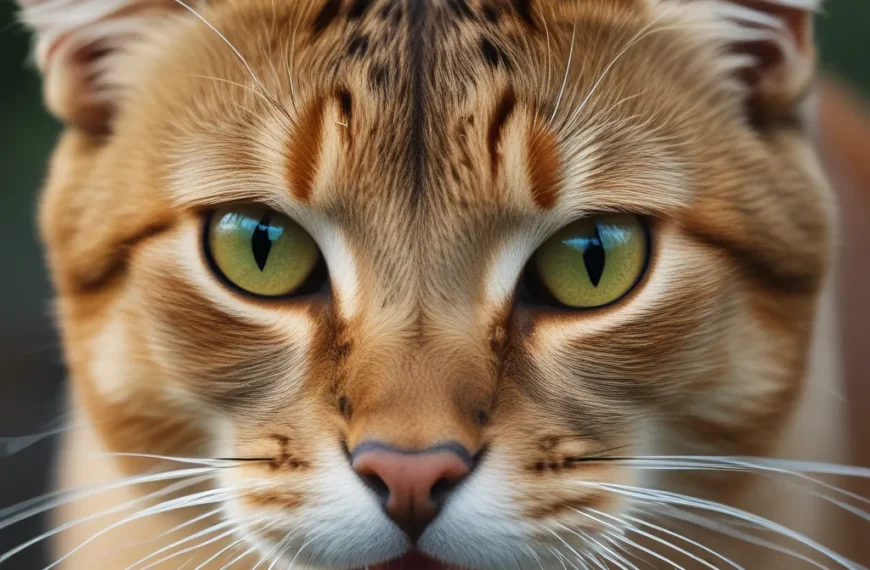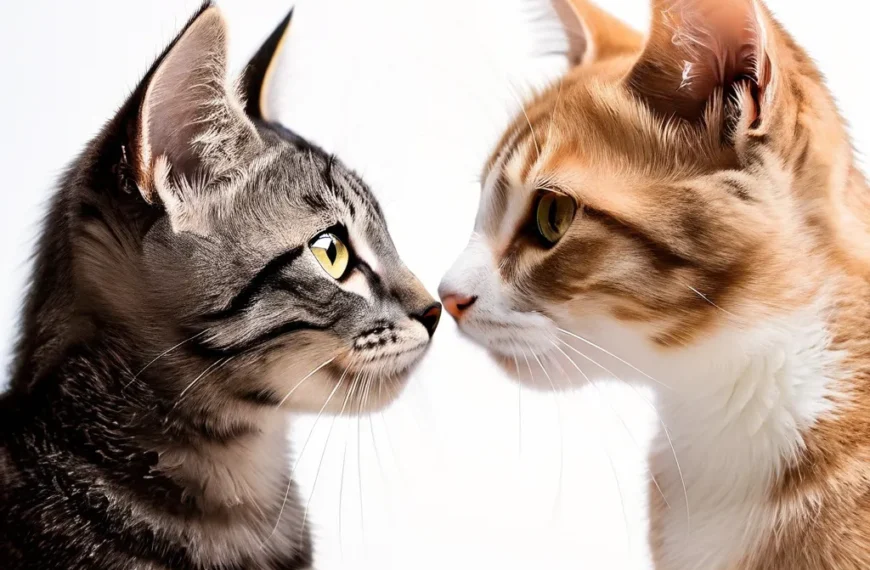Introduction
Welcoming a new cat into your home can be a thrilling experience, filled with excitement and anticipation. As you prepare to provide a loving and nurturing environment for your new feline friend, you may wonder how long it will take for your cat to bond with you. Building a strong bond with your cat is essential for a happy and healthy relationship, but the timing can vary significantly from one cat to another.
Unlike dogs, cats are known for their independent nature, which can make it challenging to predict when they will form a strong attachment to their new owner. While some cats may take to their new surroundings and owners immediately, others may take more time to warm up. In this article, we will explore the process of bonding with a new cat, including the factors that influence this process, the typical bonding timeline, and valuable tips for fostering a strong and lasting bond.
Factors Influencing the Bonding Process
The bonding process between a cat and its new owner can be influenced by several factors. Understanding these factors can help new cat owners foster a strong and healthy bond with their feline friends.
One significant factor is the cat’s personality. Cats with more affectionate and playful personalities tend to bond faster with their owners. On the other hand, cats that are more independent or aloof may take longer to form a strong bond.
Another crucial factor is the owner’s lifestyle. Owners who have a busy schedule or are away from home for extended periods may find it challenging to bond with their cat. Cats thrive on attention and interaction, so owners who can devote quality time to their pets tend to form stronger bonds.
Early socialization is also essential in the bonding process. Kittens that are socialized early to humans and other animals tend to be more confident and friendly, making it easier for them to form bonds with their owners.
Positive reinforcement is another critical factor. Owners who use positive reinforcement techniques, such as rewarding good behavior with treats and praise, can strengthen the bond between themselves and their cat.
Environmental factors, such as the home environment and living situation, can also influence the bonding process. Cats that are exposed to stressors, such as loud noises or multiple pets, may take longer to form a strong bond with their owners.
Finally, owner’s attitude and expectations play a significant role in the bonding process. Owners who are patient, gentle, and understanding tend to form stronger bonds with their cats.
By understanding these factors, new cat owners can take steps to foster a strong and healthy bond with their feline friends.
The Bonding Timeline
While every cat is different, most felines follow a general bonding timeline with their new owners. Understanding this timeline can help you gauge your cat’s progress and make adjustments to your approach as needed.
Initial Introduction (0-2 weeks)
During the first few weeks, your cat will likely remain wary of their new surroundings and the people in it. They may hide, avoid eye contact, or show aggression. This is a normal response to the stress of a new environment.
Exploration and Familiarization (2-6 weeks)
As your cat becomes more comfortable with their new surroundings, they’ll start to explore and familiarize themselves with their new space. They may begin to initiate interactions, such as rubbing against legs or purring, but still may retreat to a safe space if feeling overwhelmed.
Trust Building (6-12 weeks)
At this stage, your cat will start to develop trust with their new owner. They’ll begin to seek attention, initiate play, and may even start to knead or head butt. These behaviors indicate that your cat is feeling more secure and comfortable in their new environment.
Deepening Bond (3-6 months)
As the months pass, your cat’s bond with their new owner will continue to deepen. They’ll become more affectionate, demanding attention and cuddles, and may even follow their owner around the house. At this stage, your cat has fully accepted their new owner and is enjoying the companionship.
Long-term Bonding (6+ months)
After six months, your cat’s bond with their new owner has reached a strong and lasting level. They’ll be deeply attached, demanding attention and affection, and may even exhibit separation anxiety if left alone for extended periods.
Keep in mind that every cat is unique, and their bonding timeline may vary. Factors such as age, breed, and individual personality can influence the bonding process.
Tips for Fostering a Strong Bond
Fostering a strong bond between a cat and its new owner requires patience, understanding, and a gentle approach. Here are some tips to help you build a lifelong connection with your feline friend:
1. Create a Safe Space
Provide a quiet and comfortable area for your cat to relax, eat, and sleep. This will help your cat feel secure and reduce stress. 
2. Establish a Routine
Develop a regular daily routine that includes feeding times, playtime, and sleep schedules. This will help your cat feel more secure and develop a sense of trust. 
3. Spend Quality Time
Spend time with your cat doing activities that promote bonding, such as grooming, playing, and simply cuddling. This will help your cat associate you with positive experiences. 
4. Be Patient
Building a strong bond takes time, so be patient and don’t rush the process. Allow your cat to set the pace and initiate interactions.
5. Show Affection
Show your cat affection and love, but also respect their boundaries. Some cats may not enjoy being touched or handled, so it’s essential to observe their body language and behavior.
6. Provide Mental Stimulation
Provide your cat with mental stimulation through toys, puzzles, and interactive games. This will help keep your cat engaged and stimulated, reducing boredom and stress.
7. Offer a Variety of Textures and Smells
Offer your cat a variety of textures and smells to explore, such as scratching posts, catnip, and treats. This will help stimulate their senses and keep them engaged. 
By following these tips, you can help foster a strong bond between you and your cat, built on trust, love, and respect.
Conclusion
In conclusion, the journey to forming a strong bond with a new cat is influenced by various factors, unfolds at a unique pace for every feline friend, and requires effort and dedication from the new owner. While some cats may warm up to their new owners within days, others may take weeks or even months to fully trust and bond. By understanding the key factors that influence the bonding process, recognizing the stages of the bonding timeline, and applying practical tips for fostering a strong bond, new cat owners can set themselves up for a lifelong, loving relationship with their feline companion. With patience, consistency, and love, the wait for a strong bond to form will be well worth it.
As you welcome your new cat into your home, remember that every cat is different, and what works for one may not work for another. Be patient, stay positive, and focus on building a strong foundation of trust and respect. With time and effort, you and your cat will develop a beautiful bond that will bring joy and companionship to your life. By following the tips and insights outlined in this article, you’ll be well on your way to creating a strong and lasting bond with your new feline friend. Remember to always prioritize your cat’s needs, provide a nurturing environment, and show love and affection. With these elements in place, you’ll be rewarded with a deep and meaningful relationship that will bring happiness to both you and your cat.
















